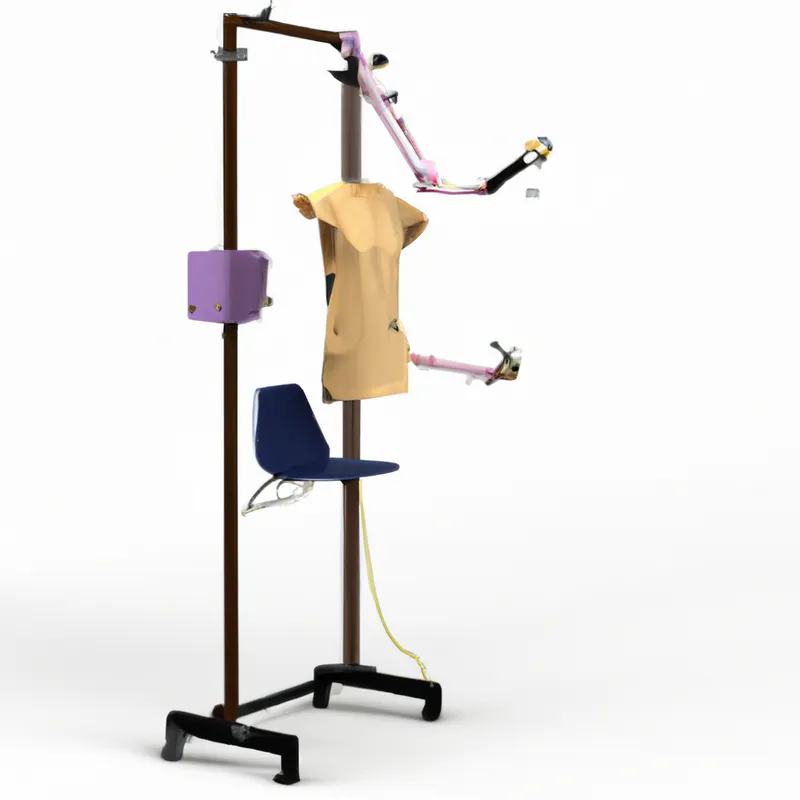Enhance Your Daily Movements with Customization
Customizing Functional Movement Patterns for Everyday Activities
We perform various movements daily, from lifting groceries to climbing stairs. These actions depend on functional movement patterns. Customizing these patterns improves efficiency, enhances performance, and prevents injury. This blog post explores adapting functional movements for everyday tasks and their benefits.
Understanding Functional Movement Patterns
Functional movement patterns consist of basic movements we use daily. They include squatting, lunging, pushing, pulling, and rotating. These movements maintain mobility and strength. By focusing on them, we enhance our physical performance. Our bodies can then handle everyday demands.
Functional movements benefit everyone, regardless of age or fitness level. They form the basis for how we interact with our environment. Whether picking up a child, gardening, or getting out of a chair, these movements matter. Understanding and optimizing them leads to a more functional and pain-free life.
Customizing these patterns allows individuals to meet their unique needs. For example, someone with back pain might adjust their lifting technique. Someone with knee issues might modify their squatting depth. Customization leads to safer movements, allowing full engagement in daily activities without discomfort.
Tips for Customizing Functional Movement Patterns
Follow these practical tips to customize your functional movement patterns:
Assess Your Movements
Evaluate how you perform daily activities. Pay attention to your body mechanics while bending, lifting, or reaching. Are you straining muscles? Do you feel discomfort? Identifying issues helps you understand necessary adjustments. Consider keeping a journal to note any pain or discomfort.
Make Incremental Changes
After identifying areas for improvement, modify your movements gradually. For example, if you round your back while lifting, practice keeping your spine straight. Use a mirror or record yourself to monitor your form. Small changes gradually lead to better movement patterns. Be patient; solidifying movement changes takes time.
Incorporate Strength Training
Strength training enhances your ability to perform functional movements. Focus on exercises mimicking everyday tasks. For example, practice squats to improve sitting and standing abilities. Additionally, practice deadlifts to refine your lifting technique. Incorporate resistance bands or weights for variety. Strength training builds muscle and improves coordination, stability, and balance.
Advice for Specific Activities
Different activities require different modifications. Here are tips for customizing movements for specific tasks:
Lifting Objects
When lifting heavy objects, always bend your knees. Keep your back straight and engage your core. This technique ensures safe lifting.
Conclusion
In summary, customizing functional movement patterns enhances daily activity performance and minimizes discomfort. Implement these strategies for a healthier lifestyle.
Below are related products based on this post:
FAQ
What are functional movement patterns and why are they important?
Functional movement patterns are basic movements we perform daily, such as squatting, lunging, pushing, pulling, and rotating. They are important because they help maintain mobility and strength, allowing us to handle everyday demands efficiently and safely.
How can I customize my functional movement patterns?
You can customize your functional movement patterns by assessing how you perform daily activities, making incremental changes to your movements, and incorporating strength training exercises that mimic everyday tasks. This allows you to adjust your movements to better suit your individual needs and prevent discomfort.
What should I do if I experience pain or discomfort during daily activities?
If you experience pain or discomfort during daily activities, it’s essential to evaluate your body mechanics and identify any issues with your movements. Consider making gradual adjustments, and if necessary, consult a healthcare professional for guidance on safe lifting techniques and modifications tailored to your specific needs.















Post Comment